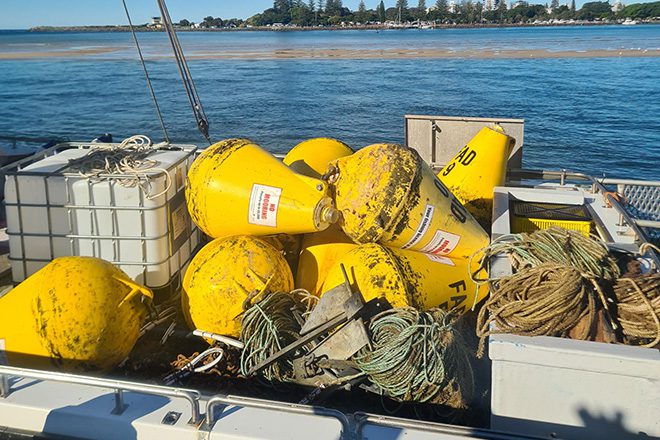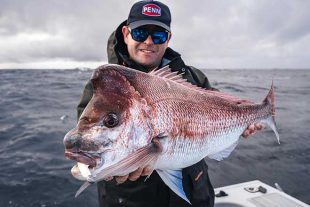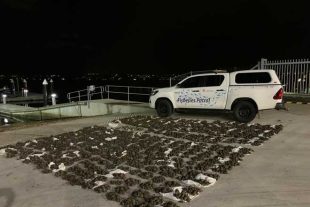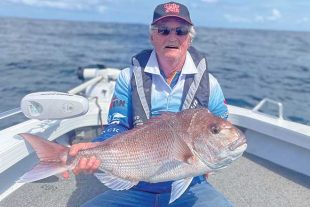Following another fantastic FADs season, all FADs have now been removed between Tweed Heads and Eden for annual winter maintenance.
Each year, all FAD buoys, ropes and ground gear are removed during winter and prepared for the following Spring season. FAD buoys are cleaned, new ropes prepared, and chains, shackles, swivels and anchors replaced as necessary to give them the best chance of lasting the next FADs season.
North Coast FADs will be returned to their same locations as early as September with Far South Coast FADs installed by November. Fishers will be updated when FAD deployments commence, or you can check if FADs are on station by using the Fishsmart app.
The FADs program is another great example of your recreational fishing licence fees at work!
What are FADs and what do they attract?
By definition, man-made FADs can be moored or free-floating structures placed in the open ocean with the primary function of aggregating pelagic fish such as mahi-mahi (Coryphaena hippurus), also known as dolphinfish. The reasons surrounding a FADs ability to aggregate pelagic fish is a topic that has attracted considerable scientific debate.
While, it has been suggested that some species won’t aggregate around a FAD unless prey is present (eg striped marlin – Tetrapturus audax), other species including mahi-mahi are attracted to the structure of the FAD alone, possibly for use as a resting place or geographical reference point for feeding or school recomposition.
Most fish species that are attracted to the NSW FADs are seasonal pelagic fish whose arrival off our coast coincides with the warm water that is delivered by the EAC over summer and autumn. The FADs work most effectively when the seawater temperature exceeds 20°C.
For this reason they are installed for the summer fishing season and serviced during the winter months to ensure longevity. Various FAD designs have been tested to find the best suited FAD design to withstand the particularly harsh sea conditions experienced off the NSW coast.
 Bush ‘n Beach Fishing Magazine Location reports & tips for fishing, boating, camping, kayaking, 4WDing in Queensland and Northern NSW
Bush ‘n Beach Fishing Magazine Location reports & tips for fishing, boating, camping, kayaking, 4WDing in Queensland and Northern NSW









